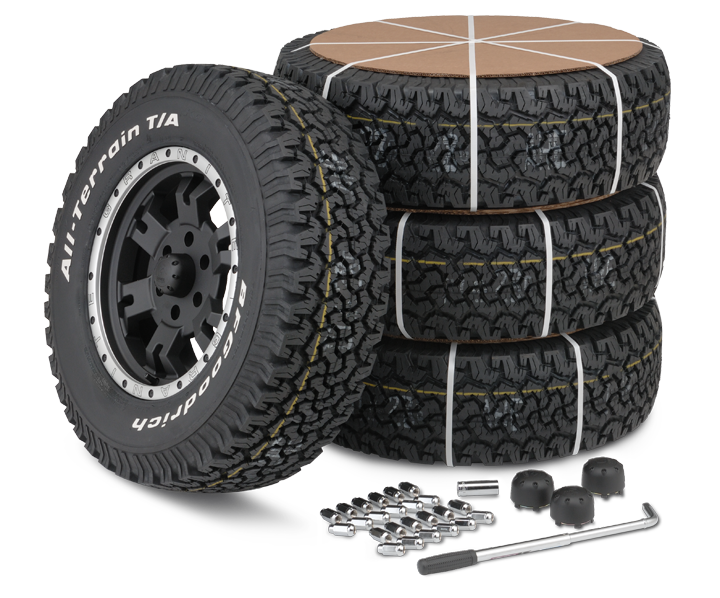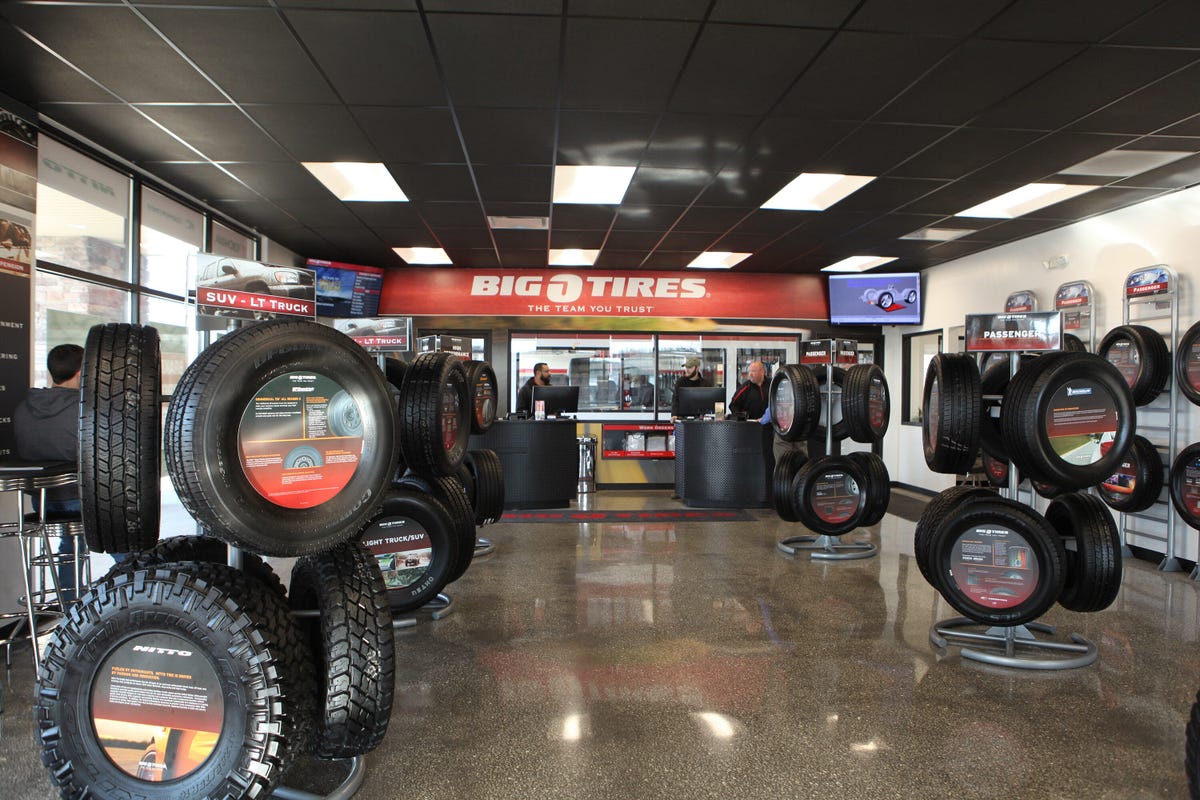Budget Friendly Discount Tires Morris IL: Unbeatable Prices, Quality Guaranteed
Budget Friendly Discount Tires Morris IL: Unbeatable Prices, Quality Guaranteed
Blog Article
Tire Solution: Recognizing Tire Pressure Tracking Systems
Understanding Tire Pressure Tracking Equipments (TPMS) is a vital aspect of maintaining optimum car performance and safety when traveling. With developments in automotive innovation, TPMS has come to be a common feature in modern cars, providing real-time info on tire stress levels. Diving deeper right into the ins and outs of TPMS, one can discover the numerous elements that compose this system and the significance of each in ensuring exact tracking. From straight to indirect TPMS systems, the landscape of tire pressure surveillance is varied, each with its one-of-a-kind set of advantages and considerations. Keep tuned to untangle the intricacies of TPMS, from upkeep pointers to the obvious benefits of maintaining your tires correctly blew up. tires morris il.

Importance of TPMS
The significance of Tire Stress Surveillance Systems (TPMS) hinges on their ability to enhance vehicle safety and performance through real-time monitoring of tire pressure levels. Preserving the appropriate tire pressure is important for making certain optimum handling, stopping, and general security of an automobile. TPMS supplies vehicle drivers with immediate responses on any underinflated or overinflated tires, enabling timely adjustments to be made.
Elements of TPMS
Consisting of numerous vital components, a Tire Stress Surveillance System (TPMS) functions as an advanced safety and security feature in contemporary lorries. The main elements of a TPMS consist of sensors, a control component, and a warning indication. Sensing units are generally located in the tire shutoff stem or connected to the wheel setting up, where they gauge tire pressure and transmit information to the control component. The control component procedures this details and sets off a warning if it detects dramatically reduced stress in any one of the tires. The caution indication, typically a sign on the control panel, alerts the chauffeur to inspect the affected tire or tires. Some advanced TPMS models likewise present the actual tire pressure analyses for each and every tire, offering chauffeurs with real-time info to ensure optimum tire efficiency and safety and security. By keeping track of tire stress constantly, TPMS aids avoid mishaps, minimizes tire wear, and boosts gas effectiveness, making it a critical part for automobile security and performance.
Types of TPMS

On the other hand, indirect TPMS counts on the lorry's wheel rate sensing units to keep track of tire stress. This system detects underinflation by contrasting the rotational rates of the wheels. Indirect TPMS is less costly than direct TPMS, as it uses existing sensing units within the automobile.
While straight TPMS uses extra accurate readings, indirect TPMS is simpler in design and typically requires less maintenance. Both systems have their limitations and benefits, and the selection in between them often depends on factors such as cost, car make, and personal preference. Recognizing the distinctions in between these 2 types of TPMS can help automobile owners make educated choices pertaining to tire upkeep and security.
TPMS Maintenance Tips
Efficient upkeep of TPMS is essential for ensuring optimum efficiency and security of your car. Regularly checking the TPMS sensors for any kind of damages or rust is essential. Ensure that the sensing units are clean and totally free from debris that might disrupt their functioning. Furthermore, it is a good idea to check the sensor batteries regularly and change them as needed to assure precise readings. Conduct regular checks on the tire stress degrees and contrast them with the TPMS readings to ensure they correspond. Recalibrate the system complying with the manufacturer's standards if there are any type of inconsistencies. During tire turning or replacement, make certain that the TPMS elements are handled meticulously to stop any type of possible damages. If the TPMS alerting light brightens on the dashboard, deal with the issue without delay by examining the tire stress and the overall system for any type of faults. By sticking to these maintenance suggestions, you can extend the life-span of your TPMS and improve the safety and security of your driving experience.
Advantages of Correct Tire Pressure
Preserving correct tire pressure, as highlighted in TPMS Upkeep Tips, is critical for enjoying the various benefits related to optimal tire pressure levels. Among the main benefits of preserving the right more helpful hints tire pressure is enhanced fuel efficiency. When tires are correctly pumped up, there is less rolling resistance, resulting in better gas economic situation. In addition, correct tire pressure makes sure also tire wear, extending the lifespan of the tires and advertising safer driving conditions. With the right tire stress, vehicles also have better handling and traction, specifically in negative climate condition. This can enhance total driving performance and safety for the chauffeur and passengers. Furthermore, maintaining optimal tire pressure can contribute to a smoother and more comfortable trip by minimizing resonances and sound brought on by underinflated tires. In conclusion, the benefits of proper tire stress go past simply tire long life; they incorporate boosted fuel effectiveness, improved safety and security, better car efficiency, and total driving convenience.
Final Thought
Finally, understanding tire pressure tracking systems (TPMS) is crucial for preserving ideal tire stress and guaranteeing vehicle safety. By acknowledging the value of TPMS, recognizing with its components, understanding the various kinds readily available, sticking to correct upkeep pointers, and understanding the advantages of maintaining proper tire pressure, drivers can enhance their driving experience and prolong the lifespan of their go to these guys tires. Proper tire stress is key to safe and efficient car procedure.

Report this page